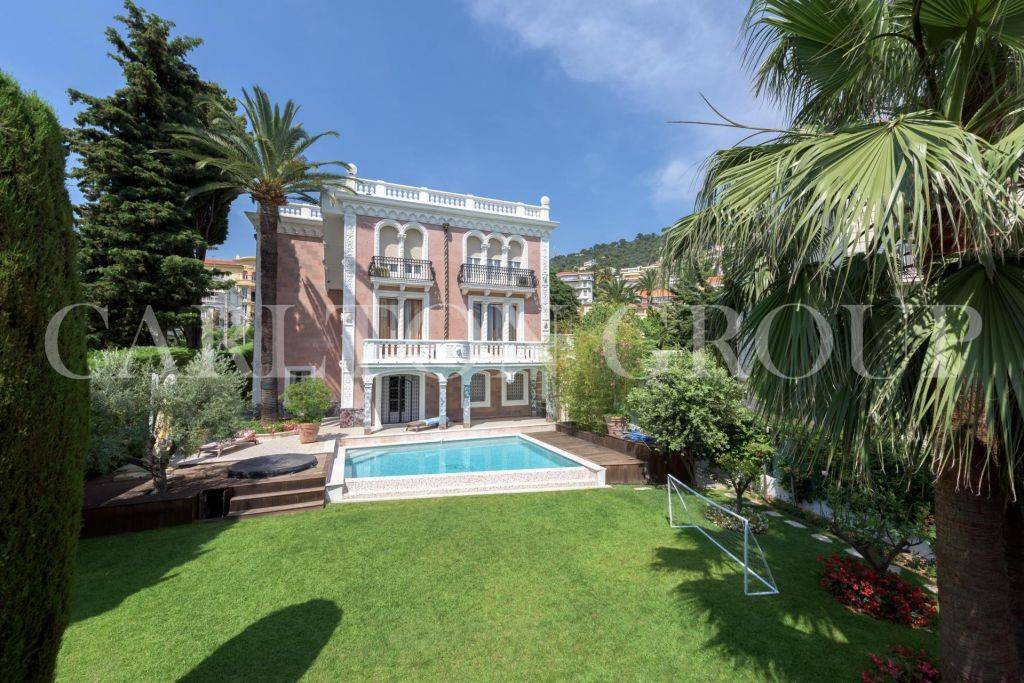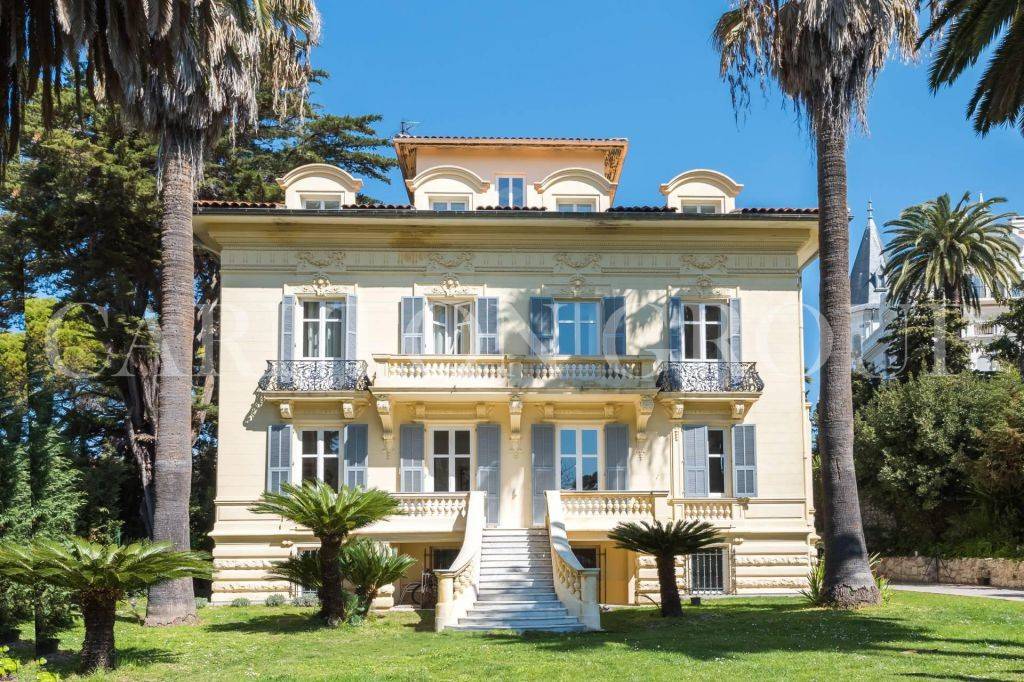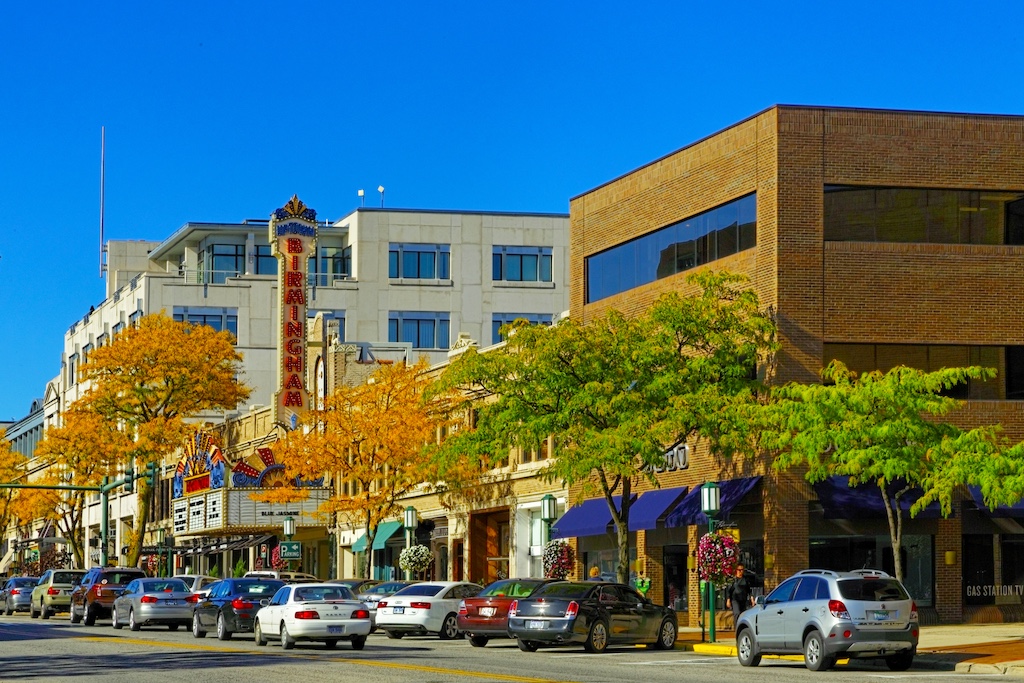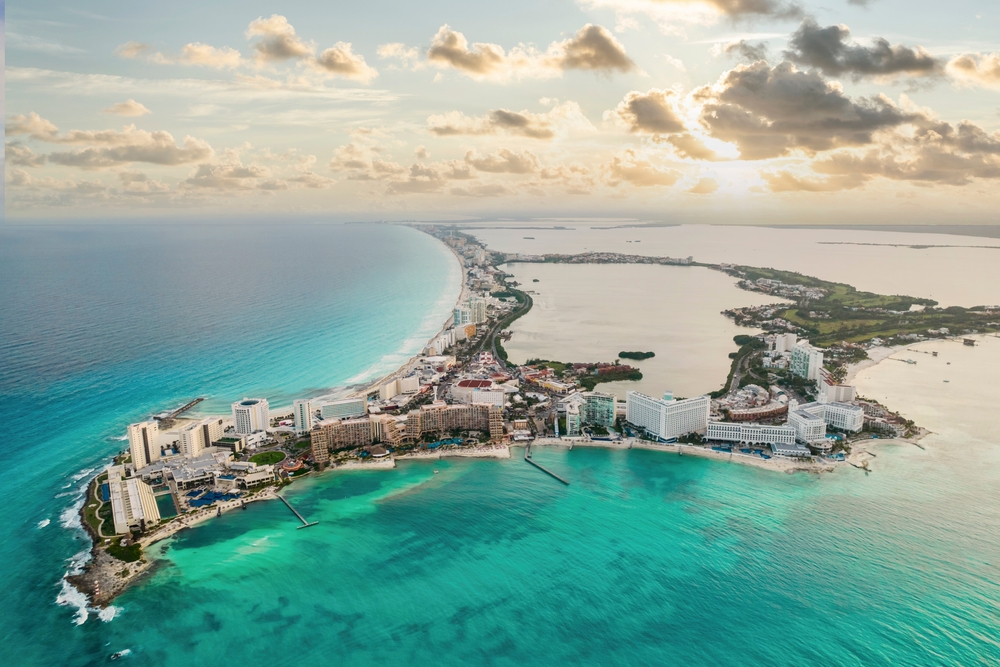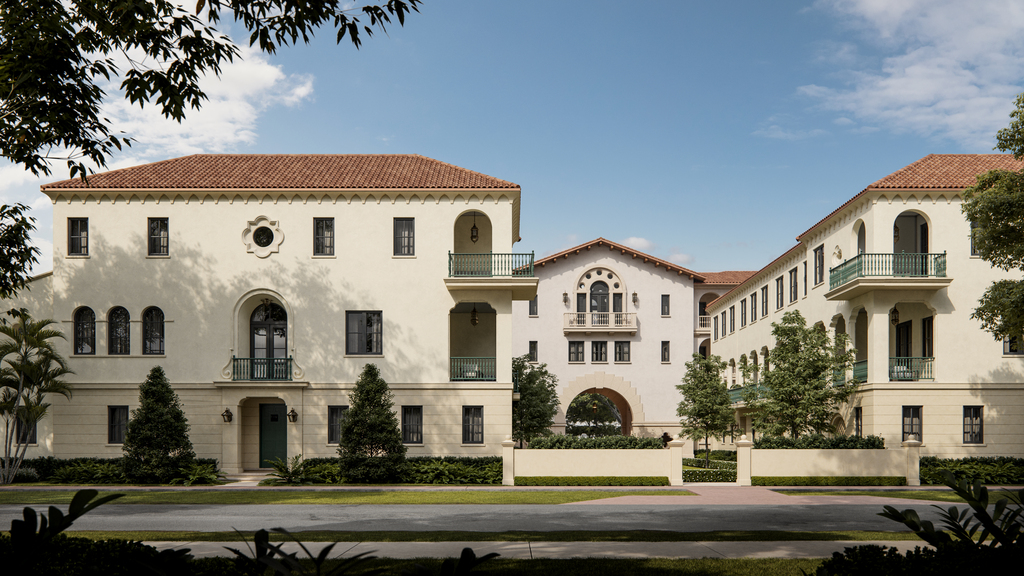The architecture of the Belle Époque period reflected the materially-confident and culturally-optimistic mood of the French nation at that time and led to a grand celebratory style with classical embellishments.
After the Franco-German war from 1870 to 1871, Europe enjoyed a period of interior peace for more than 40 years until the start of World War I in 1914. During this period, many important developments took place, especially in those countries with considerable influence, such as England, France, Austria, and Germany.
The era of the French Third Republic–beginning in 1870–was a period characterized by optimism, regional peace, economic prosperity, and technological and scientific innovations. In the climate of the period–especially in Paris–the arts flourished. Many masterpieces of literature, music, theater, and visual art gained recognition. The Belle Époque was named in retrospect, when it began to be considered a "golden age" in contrast to the horrors of World War I.
The following homes from the Carlton International portfolio all have a generosity of space, fine proportions, and high ceilings that are so indicative of the Belle Époque era:
http://www.hauteresidence.com/estate/superb-belle-epoque-villa-with-panoramic-sea-view-cannes-france
http://www.hauteresidence.com/estate/house-for-sale-in-cannes-france
http://www.hauteresidence.com/estate/house-for-sale-in-mandelieu-la-napoule-france
http://www.hauteresidence.com/estate/beautiful-belle-epoque-residence-nice-france
http://www.hauteresidence.com/estate/belle-epoque-mansion-in-cimiez-nice-france
http://www.hauteresidence.com/estate/water-front-property-cap-dail-france


